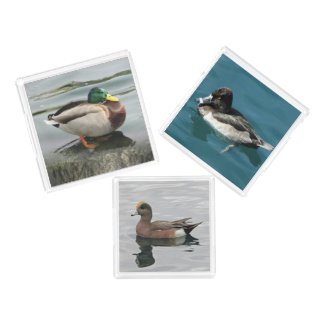Birds can be very fast and they can also be great at hiding. The Arizona desert experienced a rather cold, by our standards anyway, and breezy few days so I headed out with my camera to find a deserted patch of nature to explore. Whether it was due to the cool weather or the wind, the birds seemed especially difficult to spot on this particular morning and provided me with a game of sorts and lots of smiles.
This guy was hiding in a tree. He was a rather large bird and the branch didn't seem to hold him as well as he would have liked. His head swayed back and forth as he fought to keep his balance and each time his head came forward, it was rather like a game of peek-a-boo. This little "game" didn't last very long as he completely lost his balance in a fluff of feathers and flapping and then circled back to land next to the water.
On I ventured and heard a good deal of noise in some reeds. The noise ended up coming from sparrows who quickly decided to fly away however I spotted this female thrasher who was sitting very still. She was so well balanced and while she certainly didn't blend in with the green reeds, her stillness would have caused me to walk right by if the sparrows hadn't drawn my attention. I have to say that she seemed very serious and when I looked at my photos at home, I would venture to say that she was not in the mood to have her photo taken.
This last guy was a heron, I believe, hiding in plain sight. His utter statue-like stance and the fact that he blended into the rocky background almost caused me to walk past him. I stood for quite a long time watching him and I didn't see him move at all. The wind would come up and rustle his head feathers but he seemed completely unbothered by the breeze or my presence. He didn't even glance in my direction though I am thinking that he could see me just fine without moving his head and was just biding his time until I left. As soon as I was out of sight I imagine he spread his wings, shook himself, and let out a sigh of relief that I was finally gone.
Having nothing in mind except to explore, gives me a thrill each time I head out to spend a little time with my wildlife friends. They provide me with stories, smiles, and plenty of photos that I hope captures their beauty and with a little luck their unique personalities.




Comments